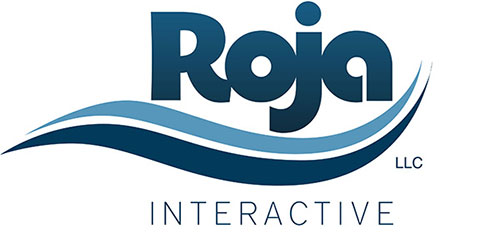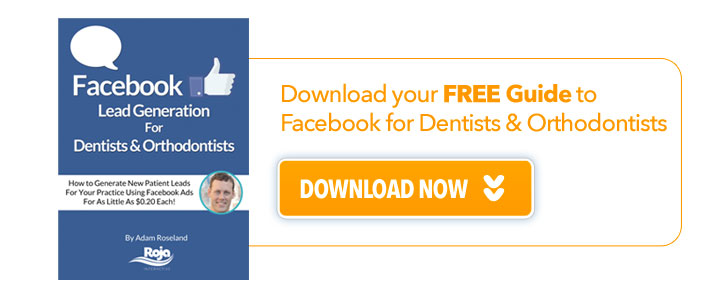More Tips for Dental Blogging Success
Dental Blogging is integral to the success of your dental practice, but not if your blog is unorganized or haphazard. Or, worse yet, if it doesn’t actually provide any relevant, useful information to your potential clients. For something that takes so much time out of your other marketing and business-related pursuits, it’s important to make sure that your investment is showing adequate returns. Here are some more tips to make sure that your dental blog is successful.
1. Own your own domain.
A lot of dentists run a free blog with the .blogger.com insert. While this may not necessarily drive away customers, it definitely doesn’t look as professional as owning your own domain name. There are plenty of extremely cheap services that both sell and host domains, which means that investing in your own branding is low-cost and low-risk.
2. Understand your customers.
Do you know exactly who it is that you are trying to connect with? Do you know who your ideal customer is? Do you know what you want to achieve with this blog? Knowing the answers to these questions will be seriously helpful as you start writing your blog.
3. Properly brand yourself.
This means getting a real dental logo, not one you drew yourself (unless you are a trained graphic designer). There are plenty of small graphic design firms that can offer this kind of branding at a relatively low cost, and of course we can help too 🙂
4. Build an email list.
Having a thriving email list is one of the best ways to drive regular traffic to your blog. Each time you update, you send out a notice and your opt-in email list will happily click through to your blog.
5. Use WordPress.
WordPress is one of the most useful blogging tools available—and it’s free. And many of the plugins, templates, and tools are free and open source. Aside from being a platform, WordPress is also a community, one where you can find significant help if you are new to the blogosphere.
6. Lengthen your content.
Most bloggers start out writing short, succinct posts. These can be great for some bloggers, but in reality, the longer the post is, the more chance it has of doing well. This means that you may have to spend more time writing, especially when you have to research topics in order to make sure you have enough information to make them both long and valuable, but it will be worth it in the end.
7. Build a powerful “About” page.
People like to know who they’re reading. Not only can you use this page to sneak in a few more keywords, you can also use it to engage with your readers. Putting up an about page that really reflects your personality and writing style is a great way to build rapport with readers.
8. Outsource when you can.
Let’s face it, we’re not all blog mavens. Most dentists can’t write seven posts a week and stay on top of everything else. Designing, curating, and marketing a blog is a job in and of itself—that’s why you need to outsource tasks to dental bloggers. Be careful though, some companies out there will use the exact same content for multiple dentists which can actually penalize your website. We won’t name names… but you have probably seen them before.
9. Plan your posts.
Many people, especially small time bloggers, treat their blogs like personal diaries. They talk about whatever they want, whenever they want. A better plan is to have a specific strategy. Know well ahead of time what you want to write about and when you want to publish it. Make sure your blog posts make logical sense and are not just a hodge-podge of random topics.
10. Write for your customers.
While it is tempting to treat a blog like a personal diary, it is more effective to write what your customers want to read. That doesn’t mean that you shouldn’t write about topics you are interested in, it means you should edit yourself. If your blog is supposed to be about dental implants or invisalign, don’t write a post about your favorite kinds of cheese. It isn’t what your readers want, even if it is something you are interested in.
11. Write eye-catching titles.
Easier said than done, of course, but there is a virtual goldmine of examples of great titles. You want something that will compel a viewer to click, and to take immediately interest. Keep in mind as you are crafting your titles, that you only have a few words and a few seconds to pique your reader’s interest. Make them count!
12. Visualize your blog.
This doesn’t mean that you should imagine what you want your blog to look like, it means that you shouldn’t be afraid to incorporate visual elements as often as possible. From pictures to infographics, find something to break up blocks of text.
13. Don’t panic if you aren’t an SEO expert.
There is a lot of focus in the world of marketing on dental SEO and dental blogging. Many dental bloggers feel like they can’t publish their posts because they aren’t optimized for search engines—and many more only have a fundamental understanding of SEO for dentists. For most bloggers, especially those who run their own dental practices, rudimentary knowledge is okay. You only need the basics.
14. Write content that stays fresh.
You don’t want to write content that expires after two weeks. You want to write content that will be just as relevant today as it is in two years. A list of tips that only work for a week isn’t going to get the same amount of hits, over time, as a list of tips that work no matter what year it is.
15. Take a walk.
Blogging can become stressful. It shouldn’t be, but especially because of how important it is to your business, it definitely can be. Don’t let it bog you down. Go for a walk and get out of your own head and away from the computer.




Leave a Reply